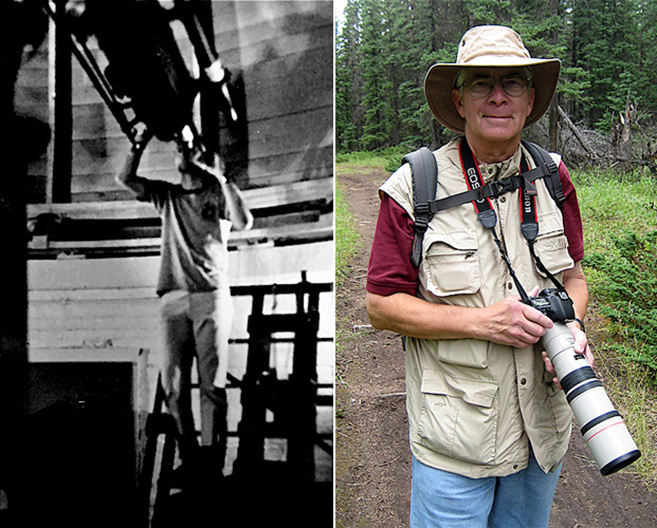Apologies, but no results were found for the requested archive. Perhaps searching will help find a related post.
-
Astronomy
The Thread That Connected
My Life and My Career
Dr. Marshall Faintich
Next CAS Meeting - 7 pm on July 2
Leander McCormick Observatory -
ABSTRACT: Dr. Faintich was asked to give a presentation on his career and the people he met along his journey. This presentation focuses on astronomy as the thread that connected critical events in his life and the twists and turns that resulted. Along the way he met and worked with Nobel prize winners, astronauts, high ranking national and international leaders, and well-known astronomers. He presents brief sections on his master’s and doctoral research, as well as astrophotography as a significant hobby.
-
CV: Dr. Marshall Faintich is an astronomer by training, a cartographer by trade, and a student of ornithology, numismatics, archaeology, and history. Marshall received his BS in Applied Mathematics from the University of Missouri at Rolla (1968), and his MS (1969) and PhD (1971) in Astronomy from the University of Illinois at Urbana-Champaign. His work history includes satellite system studies, astrodynamics, remote sensing, digital cartography, and digital information analysis. He was a member of several NASA working groups and is a past National Director of the American Cartographic Association. He is the author of more than sixty technical papers, several magazine articles, and two books.
-



